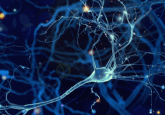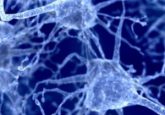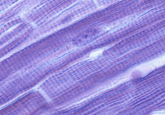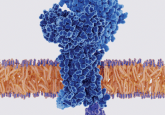Quantifying protein aggregates with STAPull

A technique that can detect and measure small protein aggregates, which are hallmarks of numerous neurodegenerative diseases, has been developed.
Protein aggregation – when proteins misfold and clump – is a characteristic of many neurodegenerative diseases, including Alzheimer’s and Parkinson’s. Researchers at the University of Edinburgh (Scotland, UK), in collaboration with UCB Biopharma (Brussels, Belgium), have developed a technique called single-molecular two-color aggregate pull-down (STAPull) to detect and measure these protein aggregates more accurately.
Oligomers are small protein aggregates that are often indicative of neurological disease, which could make them important for early diagnosis. However, these small aggregates are very hard to detect as there are very few compared to healthy non-aggregated proteins. To overcome this challenge, researchers developed STAPull.
The method relies on immobilizing proteins and labeling them with different colors via specific detection antibodies. The antibody signals where the colors overlapped were then analyzed under sensitive microscopes to detect and quantify the number of aggregated proteins.
 The gene expression changes behind Alzheimer’s disease
The gene expression changes behind Alzheimer’s disease
Researchers from MIT have published four papers uncovering the genomic, transcriptomic and epigenomic changes underpinning Alzheimer’s disease.
To test their new technique, the team utilized alpha-synuclein – a protein known to aggregate in Parkinson’s disease. They found that STAPull could detect alpha-synuclein aggregates at physiologically relevant concentrations. They also found that STAPull can be applied to a wide variety of samples including human biofluids, making it a valuable tool for investigating protein-aggregate biomarkers in other disorders beyond Alzheimer’s and Parkinson’s.
The team hopes that STAPull will allow for the early diagnosis and treatment of numerous conditions, of which protein aggregation is a key pathological feature.
Lead author Ji-Eun Lee commented, “early diagnosis of neurodegenerative diseases is a key to an increased range of treatment options, improved long-term survival with independence and improved quality of life. Our new technique, STAPull, improved the detection, especially for early stage oligomeric species, which are potentially more harmful but couldn’t be detected with current methods. We are excited to apply this tool to assisting early diagnosis of neurodegenerative diseases in a wide range of samples, including biofluids from humans.”





